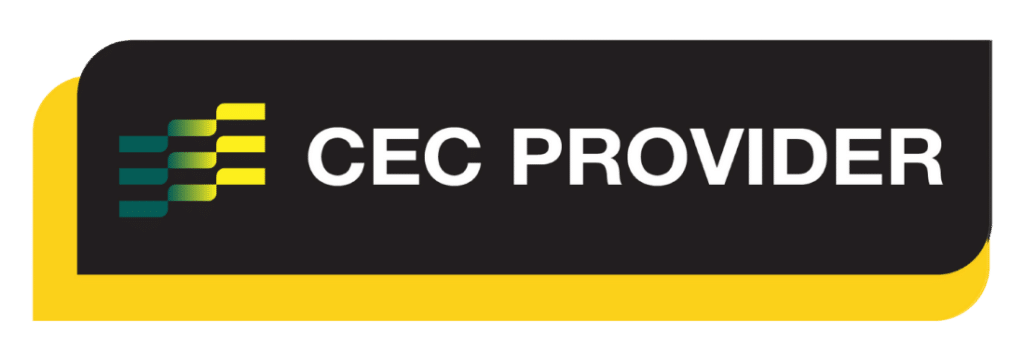Reformer Repertoire
Lateral Series:
Kneeling Side Plank
Alternate Names
Side Plank
Derived From
Mat Pilates: Side Support
Primary Element
Strength
Why for Primary?
Strengthen, develop control and stretch the abdominal oblique muscles.
Secondary Element
Stability
Why for Secondary?
To develop stability in the shoulder muscles in a lateral or frontal plane.
Tertiary Element
N/A
Why Tertiary?
N/A
Repetitions
4-5 each side
Apparatus Setup
Suggested springs
- Number system: 1 spring
- Colour system: 1 red spring
- Resistance: light
Foot Bar one position down from vertical, or on many Reformers the top angled position.
Plane of Motion
Frontal
Targeted Muscles
Abdominal obliques are the main muscle focus of this exercise and are used
- Internal obliques function bilaterally (both sides) to flex the torso and function unilaterally (one side) to laterally flex the torso and rotate it to the same side.
- External obliques function bilaterally (both sides) to flex the torso and unilaterally (one side) to flex the torso and rotate it to the opposite side. The muscle fibres run diagonally towards the midline and can be likened to putting your hands in your pockets.
To abduct the shoulder, or move the arm away from the body and push the carriage away, the main muscles are:
- Deltoid
- Supraspinatus
- Trapezius
- Serratus anterior
Warnings
This exercise may be unsuitable for clients where abdominal engagement is contraindicated, or for any shoulder issues or injuries. It may also be unsuitable for clients who are unable to kneel or experience pain kneeling.
Execution
Kneel on the carriage facing sideways with the heel of one hand on the foot bar, the other arm extended to the side at shoulder height palm facing inwards to open the chest. Lift the outside knee so the hip bones are even horizontally.
Inhale to push away from the bar extending the carriage, abducting the foot bar arm and shoulder and engaging abdominal obliques to keep the torso still throughout. Exhale to return to the starting position hinging from the foot bar shoulder.
Observations
Do a body scan of the client taking note of the following points
- Pelvis
- Are the ASIS (or hip bones) even horizontally or is the client leaning to one side?
- Is the client able to keep the pelvis still throughout the movement?
- Rib cage
- Is the rib cage down and connected at the front? Avoid flaring the rib cage at the front and arching the spine
- Legs
- Is the client comfortable kneeling?
- Is the outside knee lifted off the carriage, keeping the ASIS (or hip bones) even?
- Shoulders
- Is the foot bar arm shoulder lifted up and back?
- Is the client able to hinge at the shoulder and draw the carriage in towards the stopper as opposed to holding onto the foot bar and pulling with the hand and arm?
Learning Style Technique Cues
Auditory – word associations that connect mind and body
- Aim to keep the pelvis and torso still when you extend the arm away from the footbar
- Say the client’s name when you’re about to interact with them
Visual
- Imagine the body working between two panes of glass, without moving backwards or forwards
- You may demonstrate a part of the movement as a visual representation for the client to see
Kinaesthetic
- Feel the length through the side body and the lift through the underside waist, avoiding collapsing through the underside shoulder
- Feel the ribcage connecting down at the front to assist in engaging the abdomianals and creating stability of the torso
Modifications and Variations
Regress the exercise by
- Lowering the foot bar down and placing the Pilates box in a short box position over the foot plate on an angle down to the Reformer frame (be sure it’s secure). Place a grip mat onto the box and have the client lean their elbow or forearm onto the box to remove load from the shoulder
- Reducing the repetitions and/or pace
- Reducing the range of motion or how far the carriage is being pressed away
- Working on Lateral Series: Mermaid
- Working on Short Box Series: Side to Side
Progress the exercise by
- Increasing the repetitions and/or pace
- Increasing the range of motion or pushing further away
- Working towards: Lateral Series: Side Support (Intermediate repertoire not in this course, the movement is similar to a Side Plank from the feet and can also be found in the Mat Pilates repertoire)
- Working towards Wunda Chair: Lateral Series: Side Reach
Series and Transitions
The Lateral Series can be found in the Mat Work, Cadillac and Wunda Chair repertoire in both the fundamental and progressive modules and represents exercises that create movement in the frontal plane or side ways.

